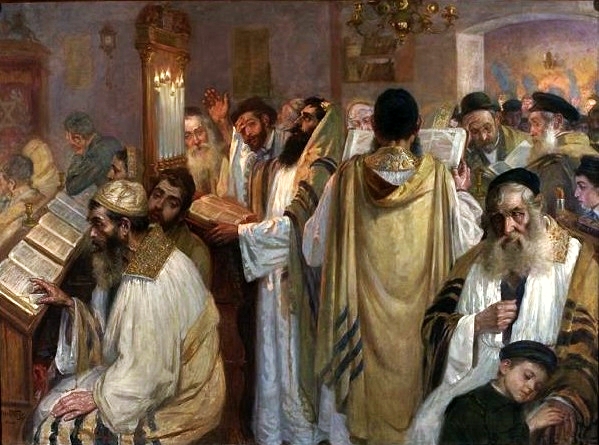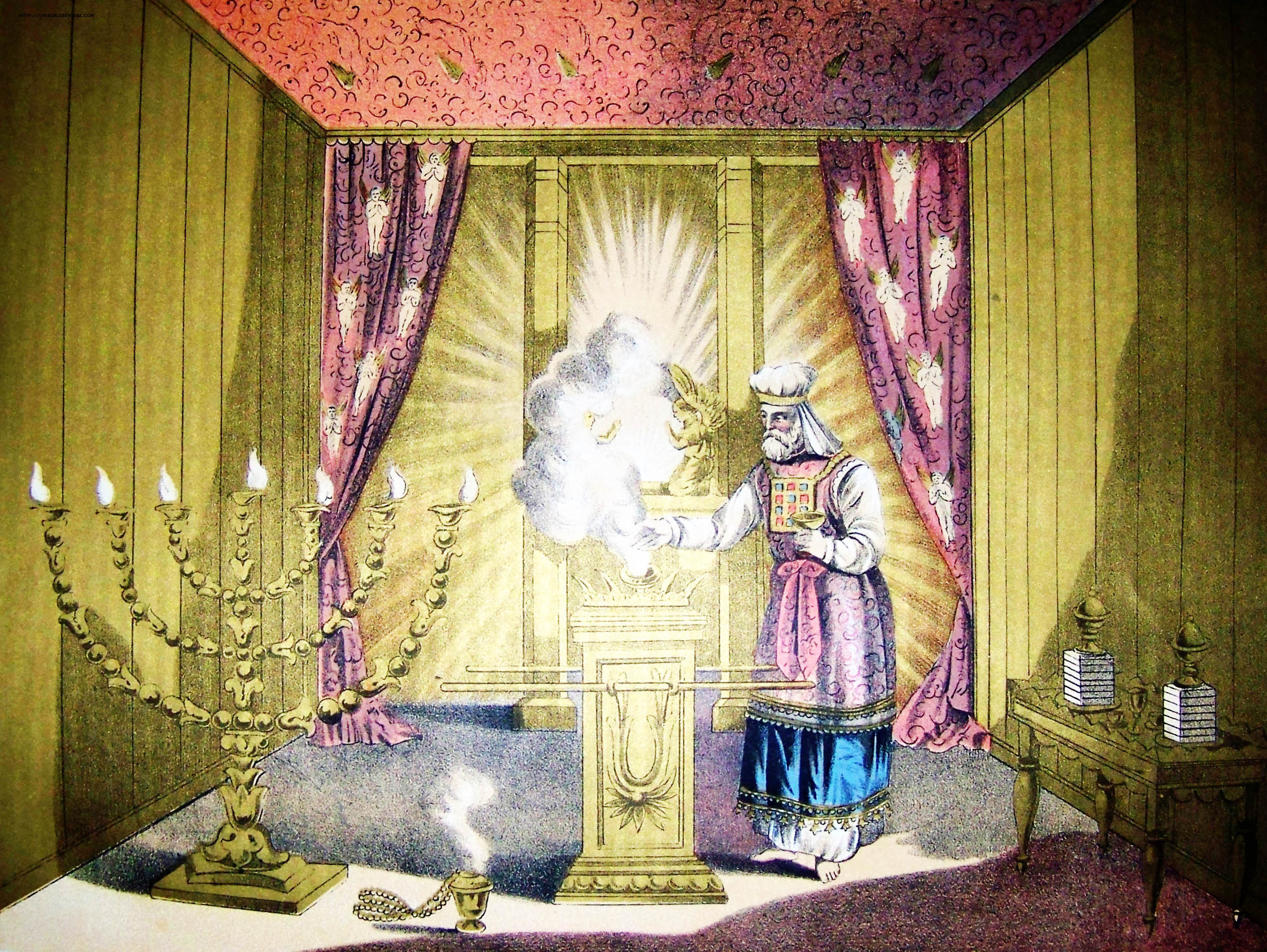|
Zvi Yosef Resnick
Rabbi Zvi (Hirsh) Yosef HaKohen Resnick (1841–1912) was a well-known orthodox Russian rabbi and Rosh yeshivah (Dean of a Talmudic Academy), also known as ''Rebbe Hirsch Meitsheter'' (reportedly because Meitshet—the Yiddish term for Molczad—was the birthplace of his wife).''Encyclopedia Judaica'', Decennial Book(1973-82), Keter Publishing House, 1982, 523 Life and work Resnick lived in Zhetel (Dziatlava), a town in Belarus, and at least one of his children was born there, but it is not clear where he himself was born.Pinkas Zetel: A Memorial to the Jewish Community of Zetel, Baruch Kaplinski (editor), Zetel Association in Israel (Publisher), Tel Aviv, 1957, 229 He taught in Slonim for many years, where his reputation grew to such an extent that he was often referred to as ''The Slonimer''.''Yizkor-Book (Memorial-Book) Suwalk'', Berl Kahan (editor), The Suwalk & Vicinity Relief Committee of New York (publisher), 1961, 164. He was widely respected as one of the great Torah sa ... [...More Info...] [...Related Items...] OR: [Wikipedia] [Google] [Baidu] |
Mnachem Risikoff
Mnachem (Mendel) HaKohen Risikoff (1866–1960), was an orthodox rabbi in Russia and the United States, and a prolific author of scholarly works, written in Hebrew. Risikoff used a highly stylized and symbolic pen-name, יאמהדנונחהים, made up of the Hebrew letters of his first name, the Hebrew word for ''Lord'', and the Tetragrammaton, one of Judaism's terms for God. It is not clear whether this pen name was used in conversation, or whether it was used only in his writings. Life and work Risikoff, the son of well-known Rosh yeshiva (Talmudic Academy Dean) Rabbi Zvi Yosef Resnick, was born in Zhetel, later studying in yeshivot, academies, in Volozhin and Vilna, where he received semikhah (rabbinic ordination) at the age of 17 from a number of well-known rabbis: Yosef Shlupfer, from SlonimAvraham DovBer HaKohen Shapira from Riga; Shlomo HaKohen, author of ''Binyan Shlomo'', from Vilna;Dorot HaAchronim, Ben-Zion Eisenstadt, A. H. Rozenberg (publisher),1915, 335., ... [...More Info...] [...Related Items...] OR: [Wikipedia] [Google] [Baidu] |
People From Slonim
A person ( : people) is a being that has certain capacities or attributes such as reason, morality, consciousness or self-consciousness, and being a part of a culturally established form of social relations such as kinship, ownership of property, or legal responsibility. The defining features of personhood and, consequently, what makes a person count as a person, differ widely among cultures and contexts. In addition to the question of personhood, of what makes a being count as a person to begin with, there are further questions about personal identity and self: both about what makes any particular person that particular person instead of another, and about what makes a person at one time the same person as they were or will be at another time despite any intervening changes. The plural form " people" is often used to refer to an entire nation or ethnic group (as in "a people"), and this was the original meaning of the word; it subsequently acquired its use as a plural f ... [...More Info...] [...Related Items...] OR: [Wikipedia] [Google] [Baidu] |
Grajewo
Grajewo (, yi, גראיעווע, translit=Grayavah) is a town in north-eastern Poland with 21,499 inhabitants (2016). It is situated in the Podlaskie Voivodeship (since 1999); previously, it was in Łomża Voivodeship (1975–1998). It is the capital of Grajewo County. It is located within the historic region of Masovia, near the border with Podlachia and Masuria. History At one time, the area was inhabited by the Yotvingians. Kingdom of Poland The first settlements in the region of modern Grajewo already existed in the early 15th century. The first documented mention is from the year 1426. In the late 15th century the village was a small center of trade and crafts. In 1540 the town obtained municipal rights from Polish King Sigismund I the Old. In 1656, during the Deluge (Polish-Swedish war), the Battle of Prostki took place nearby. The town's population decreased dramatically as a result of the war. In 1692 the town came into possession of the Wilczewski family, hailing ... [...More Info...] [...Related Items...] OR: [Wikipedia] [Google] [Baidu] |
Hazzan
A ''hazzan'' (; , lit. Hazan) or ''chazzan'' ( he, חַזָּן , plural ; Yiddish ''khazn''; Ladino ''Hasan'') is a Jewish musician or precentor trained in the vocal arts who helps lead the congregation in songful prayer. In English, this prayer leader is often referred to as a cantor, a term also used in Christianity. ''Sh'liaḥ tzibbur'' and the evolution of the hazzan The person leading the congregation in public prayers is called the '' sh'liaḥ tzibbur'' (Hebrew for " emissary of the congregation"). Jewish law restricts this role to adult Jews; among Orthodox Jews, it is restricted to males. In theory, any lay person can be a ''sh'liaḥ tzibbur''; many synagogue-attending Jews will serve in this role from time to time, especially on weekdays or when having a Yartzeit. Someone with good Hebrew pronunciation is preferred. In practice, in synagogues without an official Hazzan, those with the best voice and the most knowledge of the prayers serve most often. ... [...More Info...] [...Related Items...] OR: [Wikipedia] [Google] [Baidu] |
Arnold Resnicoff
Arnold E. Resnicoff (born 1946) is an American Conservative rabbi who served as a military officer and military chaplain. He served in Vietnam and Europe beforeLester Westling, "All That Glitters: Memoirs of a Minister," Global Publishing Services, 2003, pp. 229–233 attending rabbinical school. He then served as a U.S. Navy Chaplain for almost 25 years. He promoted the creation of the Vietnam Veterans Memorial and delivered the closing prayer at its 1982 dedication. In 1984 the President of the United States spoke on his eyewitness account of the 1983 Beirut barracks bombing. After retiring from the military he was National Director of Interreligious Affairs for the American Jewish Committee and served as Special Assistant (for Values and Vision) to the Secretary and Chief of Staff of the United States Air Force, serving at the equivalent military rank of Brigadier General. Resnicoff holds several degrees, including an honorary doctorate. His awards include the Defense Super ... [...More Info...] [...Related Items...] OR: [Wikipedia] [Google] [Baidu] |
Yom Kippur
Yom Kippur (; he, יוֹם כִּפּוּר, , , ) is the holiest day in Judaism and Samaritanism. It occurs annually on the 10th of Tishrei, the first month of the Hebrew calendar. Primarily centered on atonement and repentance, the day's observances consist of full fasting and ascetic behavior accompanied by intensive prayer as well as sin confessions (traditionally inside of a synagogue). Alongside the related holiday of Rosh HaShanah, Yom Kippur is one of the two components of the " High Holy Days" of Judaism. Etymology () means "day" in Hebrew and () is translated to "atonement". The common English translation of Yom Kippur is Day of Atonement; however, this translation lacks precision. The name Yom Kippur is based on the Torah verse, "...but on the 10th day of the seventh month it is the day of ''kippurim'' unto you..." The literal translation of ''kippurim'' is cleansing. Yom Kippur is a Jewish day to atone for misdeeds and become cleansed and purified from ... [...More Info...] [...Related Items...] OR: [Wikipedia] [Google] [Baidu] |
Mussar Movement
The Musar movement (also Mussar movement) is a Jewish ethical, educational and cultural movement that developed in 19th century Lithuania, particularly among Orthodox Lithuanian Jews. The Hebrew term (), is adopted from the Book of Proverbs (1:2) describing moral conduct, instruction or discipline, educating oneself on how one should act in an appropriate manner. The term was used by the Musar movement to convey the teachings regarding ethical and spiritual paths. The Musar movement made significant contributions to Musar literature and Jewish ethics. The movement has been revived in the 21st century amongst Jews of all denominations, particularly in the United States. Origin The Musar movement arose among non- Hasidic Orthodox Lithuanian Jews as a response to the social changes brought about by the Enlightenment, and the corresponding Haskalah movement among many European Jews. In this period of history anti-Semitism, the assimilation of many Jews into Christianity, and ... [...More Info...] [...Related Items...] OR: [Wikipedia] [Google] [Baidu] |
Zvi Yosef Resnick 1909
Zvi ( he, צְבִי and , ''Tzvi'', Ṣvi, "gazelle") is a Jewish masculine given name. Notable people with this name include: * Zvi Aharoni (1921–2012), Israeli Mossad agent * Zvi Arad (1942–2018), Israeli mathematician, acting president of Bar-Ilan University, president of Netanya Academic College * Zvi Ben-Avraham (born 1941), Israeli geophysicist * Zvi Bodie, American academic * Zvi Hirsch Chajes (1805–1855), Orthodox Polish rabbi * Zvi Chalamish, Israeli financier * Zvi Elpeleg (1926–2015), Israeli academic * Zvi Galil (born 1947), Israeli computer scientist, mathematician, and President of Tel Aviv University * Zvika Greengold (born 1952), Israeli officer during the Yom Kippur War, awarded the Medal of Valor * Zvi Griliches (1930–1999), Jewish-American economist * Zvi Hirsch Grodzinsky (born 1857), American rabbi * Zvi Elimelech Halberstam (born 1952), Israeli rebbe * Zvi Hecker (born 1931), Israeli architect * Zvi Heifetz (born 1956), Israeli diplomat * Z ... [...More Info...] [...Related Items...] OR: [Wikipedia] [Google] [Baidu] |
Jews
Jews ( he, יְהוּדִים, , ) or Jewish people are an ethnoreligious group and nation originating from the Israelites Israelite origins and kingdom: "The first act in the long drama of Jewish history is the age of the Israelites""The people of the Kingdom of Israel and the ethnic and religious group known as the Jewish people that descended from them have been subjected to a number of forced migrations in their history" and Hebrews of historical Israel and Judah. Jewish ethnicity, nationhood, and religion are strongly interrelated, "Historically, the religious and ethnic dimensions of Jewish identity have been closely interwoven. In fact, so closely bound are they, that the traditional Jewish lexicon hardly distinguishes between the two concepts. Jewish religious practice, by definition, was observed exclusively by the Jewish people, and notions of Jewish peoplehood, nation, and community were suffused with faith in the Jewish God, the practice of Jewish (religious ... [...More Info...] [...Related Items...] OR: [Wikipedia] [Google] [Baidu] |
Kohen Gadol
High Priest ( he, כהן גדול, translit=Kohen Gadol or ; ) was the title of the chief religious official of Judaism from the early post-Exilic times until the destruction of the Second Temple in Jerusalem by the Romans in 70 CE. Previously, in the Israelite religion, including during the time of the kingdoms of Israel and Judah, other terms were used to designate the leading priests; however, as long as a king was in place, the supreme ecclesiastical authority lay with him. The official introduction of the term "high priest" went hand-in-hand with a greatly enhanced ritual and political significance bestowed upon the chief priest of the Israelites in the post-Exilic period, especially from 411 BCE onward due to the religious transformations brought about during the time of the Babylonian captivity and due to the lack of a Jewish king and kingdom. The high priests belonged to the Jewish priestly families that trace their paternal line back to Aaron—the first high prie ... [...More Info...] [...Related Items...] OR: [Wikipedia] [Google] [Baidu] |
_1938.jpg)


